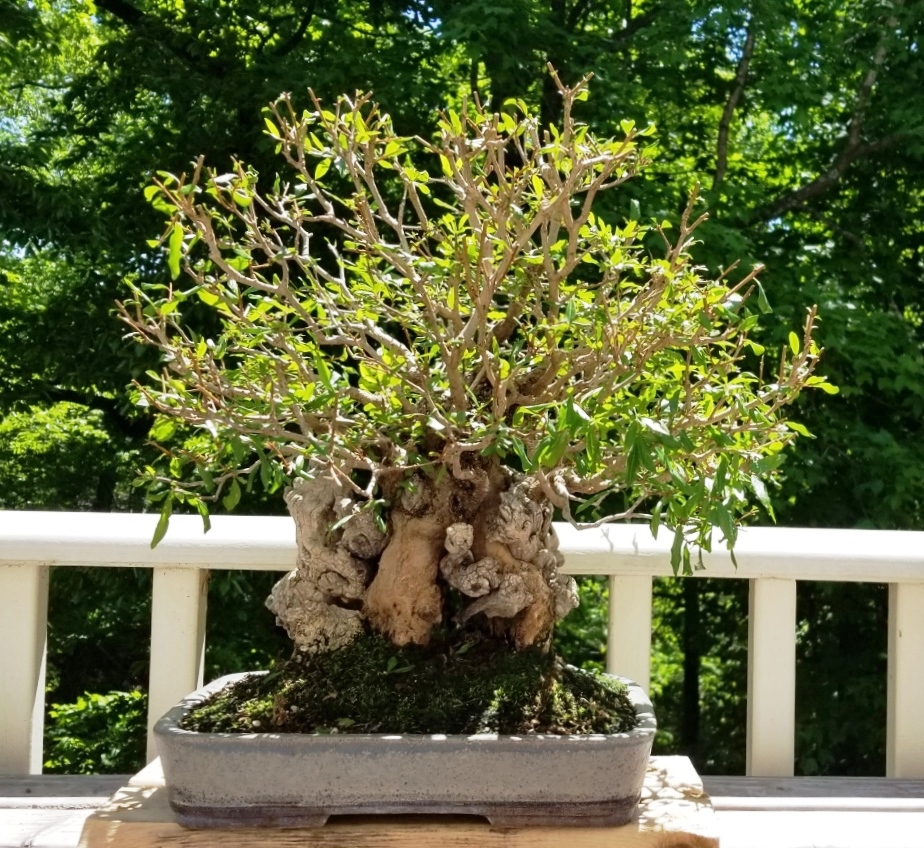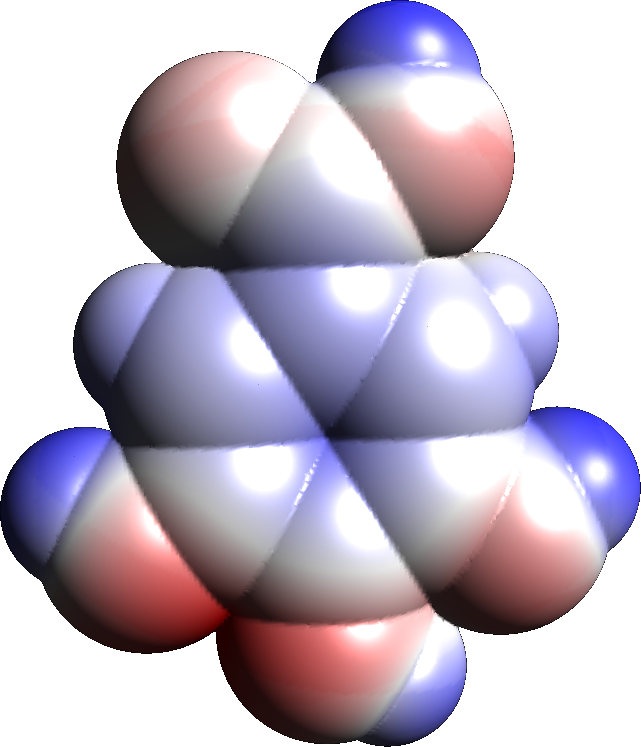|
Punigluconin
Punigluconin is an ellagitannin, a polyphenol compound.(pu-ni-glue-co-nin) It is found in the bark of '' Punica granatum'' (pomegranate) and in ''Emblica officinalis ''Phyllanthus emblica'', also known as emblic, emblic myrobalan, myrobalan, nelikai, Indian gooseberry, Malacca tree, amloki or amla, is a deciduous tree of the family Phyllanthaceae. Its native range is tropical and southern Asia. Descript ...''. It is a molecule having a hexahydroxydiphenic acid group and two gallic acids attached to a gluconic acid core. References Pomegranate ellagitannins {{aromatic-stub ... [...More Info...] [...Related Items...] OR: [Wikipedia] [Google] [Baidu] |
Emblica Officinalis
''Phyllanthus emblica'', also known as emblic, emblic myrobalan, myrobalan, nelikai, Indian gooseberry, Malacca tree, amloki or amla, is a deciduous tree of the family Phyllanthaceae. Its native range is tropical and southern Asia. Description The tree is small to medium in size, reaching in height. The bark is mottled. The branchlets are finely pubescent (not glabrous), long, usually deciduous. The leaves are simple, subsessile and closely set along branchlets, light green, resembling pinnate leaves. The flowers are greenish–yellow. The fruit is nearly spherical, light greenish–yellow, quite smooth and hard on appearance, with six vertical stripes or furrows. The fruit is up to in diameter, and, while the fruit of wild plants weigh approximately , cultivated fruits average to . Chemical constituents The fruits contain high amounts of ascorbic acid (vitamin C), and have a bitter taste that may derive from a high density of ellagitannins, such as emblicanin ... [...More Info...] [...Related Items...] OR: [Wikipedia] [Google] [Baidu] |
Gluconic Acid
Gluconic acid is an organic compound with molecular formula C6H12O7 and condensed structural formula HOCH2(CHOH)4CO2H. A white solid, it forms the gluconate anion in neutral aqueous solution. The salts of gluconic acid are known as "gluconates". Gluconic acid, gluconate salts, and gluconate esters occur widely in nature because such species arise from the oxidation of glucose. Some drugs are injected in the form of gluconates. Chemical structure The chemical structure of gluconic acid consists of a six-carbon chain, with five hydroxyl groups positioned in the same way as in the open-chained form of glucose, terminating in a carboxylic acid group. It is one of the 16 stereoisomers of 2,3,4,5,6-pentahydroxyhexanoic acid. Production Gluconic acid is typically produced by the aerobic oxidation of glucose in the presence of the enzyme glucose oxidase. The conversion produces gluconolactone and hydrogen peroxide. The lactone spontaneously hydrolyzes to gluconic acid in water. ... [...More Info...] [...Related Items...] OR: [Wikipedia] [Google] [Baidu] |
Ellagitannin
image:Castalagin.svg, 130px, Castalagin is a representative ellagitannin, characterized by coupled gallic acid substituents The ellagitannins are a diverse class of hydrolyzable tannins, a type of polyphenol formed primarily from the oxidative linkage of galloyl groups in 1,2,3,4,6-pentagalloyl glucose. Ellagitannins differ from gallotannins, in that their galloyl groups are linked through C-C bonds, whereas the galloyl groups in gallotannins are linked by depside bonds. Ellagitannins contain various numbers of Hexahydroxydiphenic acid, hexahydroxydiphenoyl units, as well as galloyl units and/or Sanguisorbic acid, sanguisorboyl units bounded to sugar moiety. In order to determine the quantity of every individual unit, the hydrolysis of the extracts with trifluoroacetic acid in methanol/water system is performed. Hexahydroxydiphenic acid, created after hydrolysis, spontaneously lactonized to ellagic acid, and sanguisorbic acid to sanguisorbic acid dilactone, while gallic acid remains ... [...More Info...] [...Related Items...] OR: [Wikipedia] [Google] [Baidu] |
Punica Granatum
The pomegranate (''Punica granatum'') is a fruit-bearing deciduous shrub in the family Lythraceae, subfamily Punicoideae, that grows between tall. Rich in symbolic and mythological associations in many cultures, it is thought to have originated from Afghanistan and Iran before being introduced and exported to other parts of Asia, Africa, and Europe. It was introduced into Spanish America in the late 16th century and into California by Spanish settlers in 1769. It is widely cultivated throughout West Asia and the Caucasus region, South Asia, Central Asia, north and tropical Africa, the drier parts of Southeast Asia, and the Mediterranean Basin. The fruit is typically in season in the Northern Hemisphere from September to February, and in the Southern Hemisphere from March to May. The pomegranate and its juice are variously used in baking, cooking, juice blends, garnishes, non-alcoholic drinks, and cocktails. Etymology The name ''pomegranate'' derives from medieval Latin ... [...More Info...] [...Related Items...] OR: [Wikipedia] [Google] [Baidu] |
Hexahydroxydiphenic Acid
Hexahydroxydiphenic acid is an organic compound with the formula HO)3C6HCO2Hsub>2. It is the oxidatively coupled derivative of gallic acid It is a white solid, although samples are typically brown owing to oxidation. Occurrence left, 142px, Ellagic acid. Luteic acid and ellagic acid are the mono- and di lactone of hexahydroxydiphenic acid, respectively. Hexahydroxydiphenic acid is a component of some ellagitannin image:Castalagin.svg, 130px, Castalagin is a representative ellagitannin, characterized by coupled gallic acid substituents The ellagitannins are a diverse class of hydrolyzable tannins, a type of polyphenol formed primarily from the oxidative link ...s, such as casuarictin. See also * Diphenic acid References Ellagitannins Pyrogallols Biphenyls Trihydroxybenzoic acids {{phenol-stub ... [...More Info...] [...Related Items...] OR: [Wikipedia] [Google] [Baidu] |
Gallic Acid
Gallic acid (also known as 3,4,5-trihydroxybenzoic acid) is a trihydroxybenzoic acid with the formula C6 H2( OH)3CO2H. It is classified as a phenolic acid. It is found in gallnuts, sumac, witch hazel, tea leaves, oak bark, and other plants. It is a white solid, although samples are typically brown owing to partial oxidation. Salts and esters of gallic acid are termed "gallates". Its name is derived from oak galls, which were historically used to prepare tannic acid. Despite the name, gallic acid does not contain gallium. Isolation and derivatives Gallic acid is easily freed from gallotannins by acidic or alkaline hydrolysis. When heated with concentrated sulfuric acid, gallic acid converts to rufigallol. Hydrolyzable tannins break down on hydrolysis to give gallic acid and glucose or ellagic acid and glucose, known as gallotannins and ellagitannins, respectively. Biosynthesis Gallic acid is formed from 3-dehydroshikimate by the action of the enzyme shikimat ... [...More Info...] [...Related Items...] OR: [Wikipedia] [Google] [Baidu] |

